DAFNI at the heart of the Digital Twin Climate Resilience Demonstrator
The Climate Resilience Demonstrator (CReDo) is a groundbreaking digital twin project funded by BEIS through CDBB .
CReDo is connecting digital twins across infrastructure and services (a systems-based approach) to demonstrate how connected data and greater access to the right information can improve climate adaptation and resilience. The systems based approach is necessary because of cascade effects: flooding could cause loss of power which in turn can impact communications infrastructure.
Energy, water and telecoms digital twins are at the core of this first round of the project, with data mapped and models created to identify the impact of extreme weather for individual infrastructure services and across them.
Flooding, in particular, is under the spotlight and CReDo scenarios provide infrastructure operators with a tool to better understand the immediate and knock-on impact of extreme weather on their services, and better mitigate the impact on network performance and service delivery.
The project relies on highly sensitive data from a variety of infrastructure operators, shared safely and securely, in a platform where they can collaborate and work on that data.
DAFNI, the Data & Analytics Platform for National Infrastructure, was selected as the critical platform which allows the likes of BT, Anglian Water, and national power networks to share their sensitive datasets.
Dr Jens Jensen is Data Security Architect for DAFNI. He explains, “DAFNI is a trusted third party and independent operator which holds the CReDo datasets and others in our National Infrastructure Database and allows them to be combined and analysed, and safely destroyed at the end. Without DAFNI that sensitive shared work on a combined dataset on a non-commercial platform would not have been possible in this project.”
DAFNI has the technical infrastructure, highly skilled IT staff, legal agreements for the data, and security credentials to host CReDo and other projects where collaboration is essential on data that, if compromised, could affect national infrastructure services and national security.
CMCL Innovations were engaged by the Centre for Digital Built Britain (CDBB) and the Connected Places Catapult (CPC) as part of CReDo to develop a digital twin of assets from Anglian Water, BT and UK Power Networks.
The software engineers from CMCL, STFC’s Hartree centre and DAFNI supported CReDo partners by building and deploying data models on DAFNI to allow infrastructure operators to investigate the impact of flooding on an area around East Anglia in Norfolk, as a pilot, and to use DAFNI’s visualisation tools for scenario planning.
Jens adds, “DAFNI enables researchers in CReDo to carry out modelling at a level of sophistication otherwise unavailable.”
Data held on DAFNI covers detail such as ground elevation, water sources, precipitation, and drainage. Maps included in the modelling show individual power station assets and communications infrastructure to a fine scale, allowing researchers to model the situation under average rainfall, as well as to identify the impact of a one in 100 or one in 1000 ‘extreme climatic’ event.
CReDo includes a synthetic dataset (see image below) that’s available to any user and allows researchers outside the project to examine how they might build on CReDo and DAFNI for their own research. Developed by CMCL, it was designed to have features like the real data but with fictitious locations.
The first phase of CReDo completed in March 2022.
Jens adds, “The next phase for CReDo is to take digital twins to new areas; by modelling other components of infrastructure such as power or roads, to model other events than flooding, and to support climate emergency mitigation and net zero.”
Find out more on the Digital Twin Hub website.

